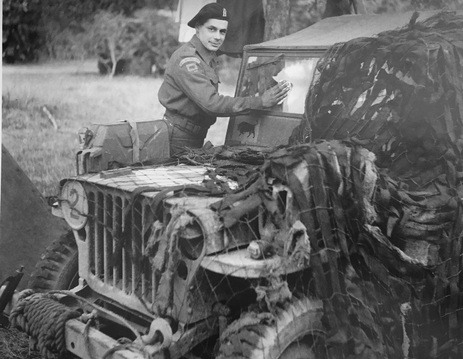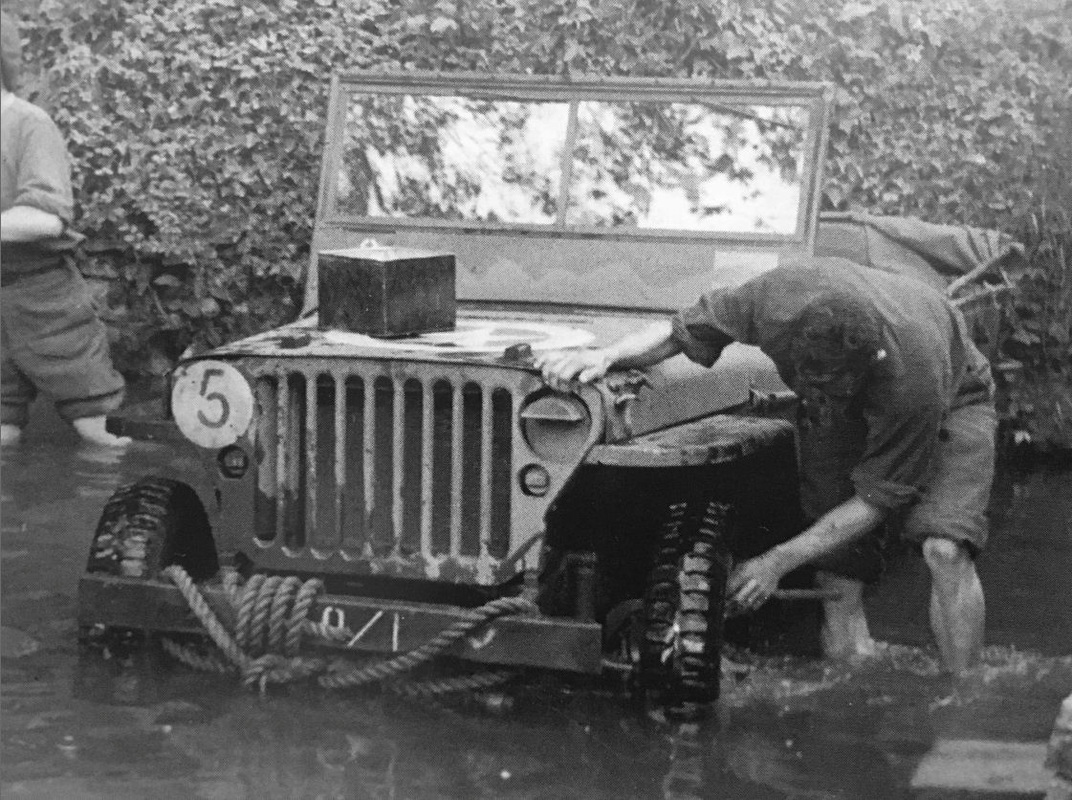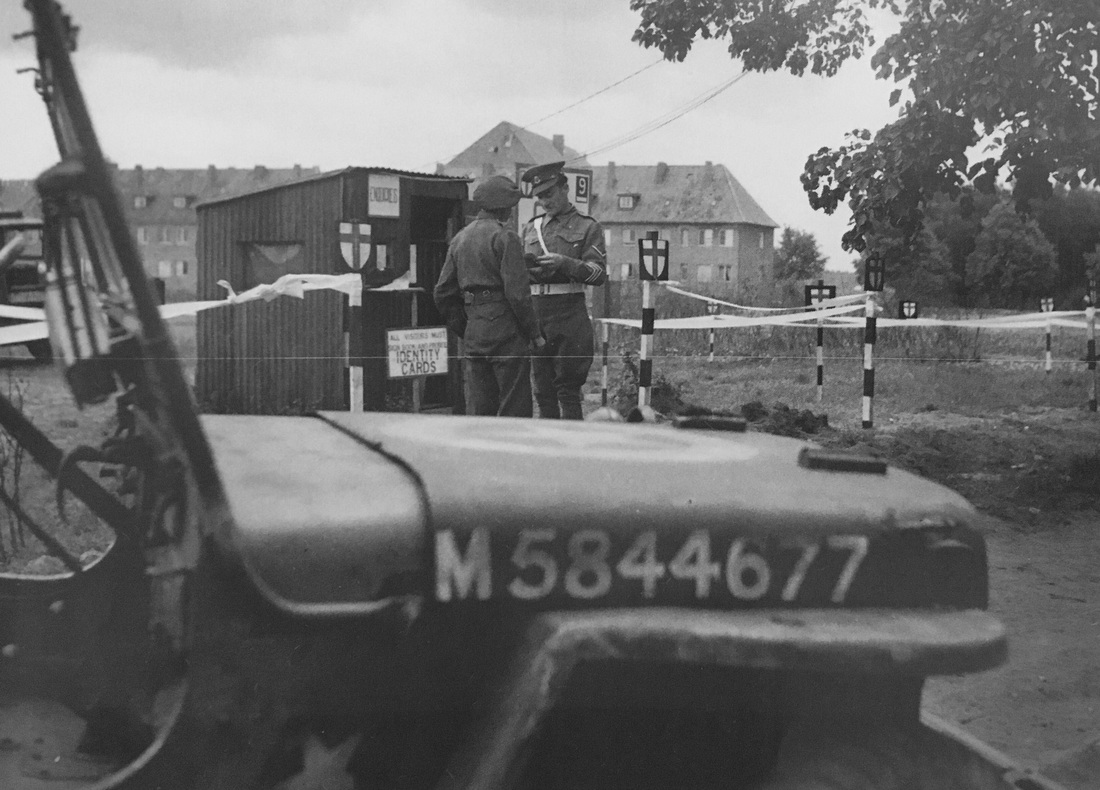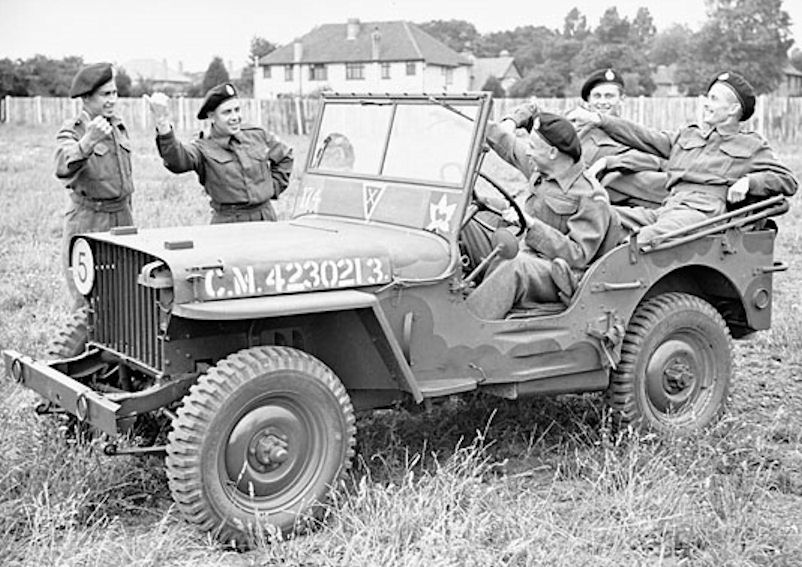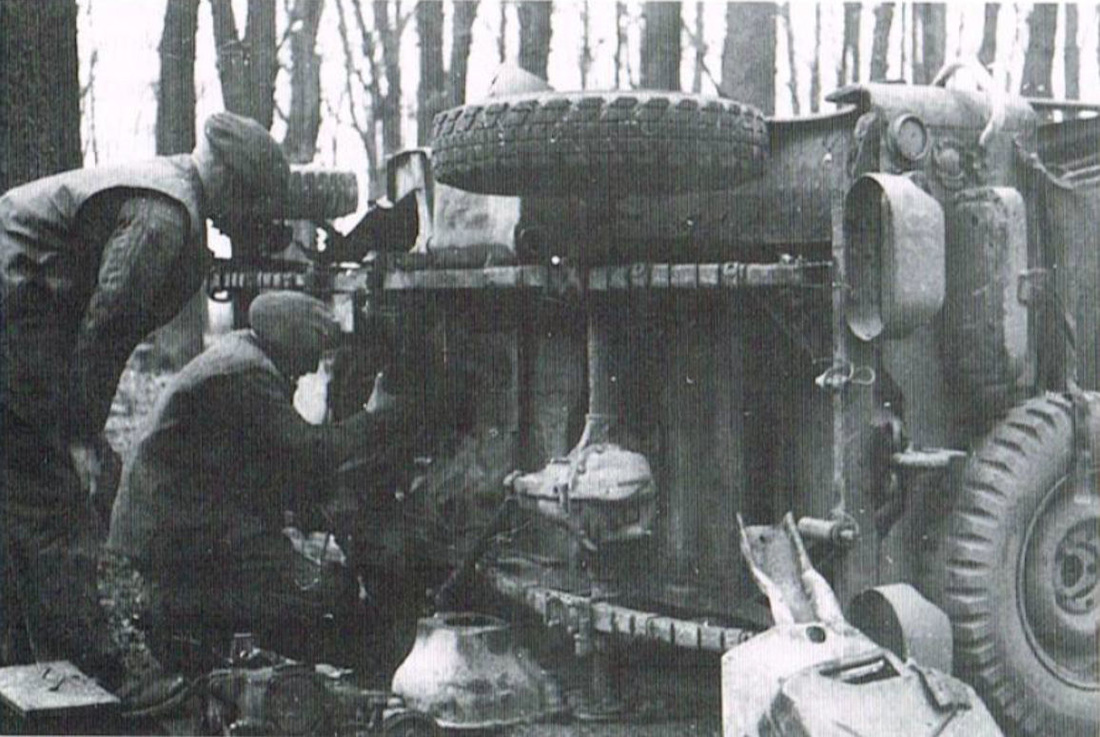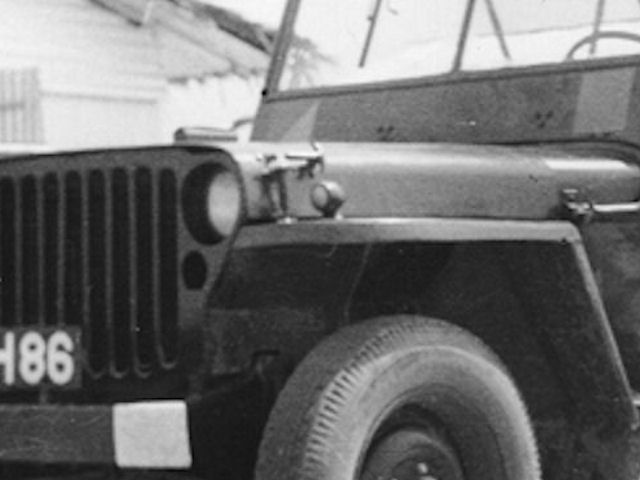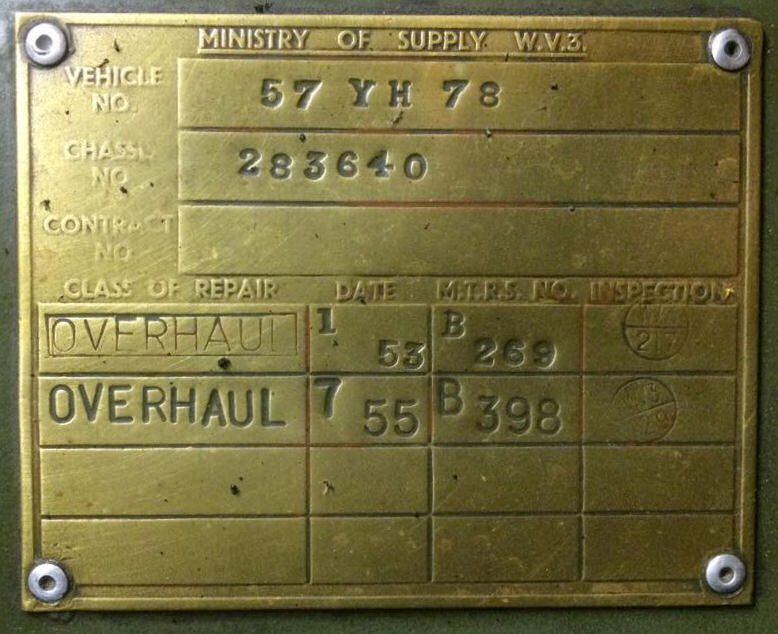Identify a British Jeep in Period photos
Identifying a British Service Jeep Today
You might want to know if your jeep served in the British army, or you might want to learnt o judge of those you are at shows had been. This is something we are doing all the time. Every time we see a jeep at shows we are all over it. Trying to establish it's identity and helping the owner get some history if it is possible. Not every jeep owner is interested in their vehicles potential British service, but most are. Even those who paint their vehicles as American service vehicles can still benefit in knowing their vehicles history, and many are very keen to know anything they can about the origin of their own vehicle.
Today, many jeeps that were British army have been painted as American, and many American service jeeps have been painted as British. So don't look to the paint or the markings. Also remember that these vehicles are now over 70 years old and have had many changes over the years. Even if you find certain original British features, it does not mean they are original to the vehicle. This is especially true with jeeps because it is so easy to change and replace large component parts, such as the entire body tub. Look to individual features. Go through the list from the previous section. Marker lights on the wings, separate or single windscreen wiper. Brass ministry of supply plate on the dashboard or inner wing.
Finding a MOS supply plate is the best evidence, and if the chassis number matches the vehicles chassis number, you have a guaranteed winner. But you will often not be so lucky to have all this information. For one admin, Nick Thomas, his jeep exhibited no British clues except for the solo windscreen wiper. His jeep had been modified to look like an American jeep by a previous owner. But due to the digitisation of records at the RLC (Royal Logistical Corps), he was able to find his vehicle records with a chassis search.
What if there are no clues at all to British service? Well when was the jeep first registered for civilian road use? This will be listed on the vehicles log book. Most British service jeeps were sold between 1955-1960. If a jeep was registered for civilian use in the UK around that time, there is a very strong chance that it is a British service jeep. Due to the mass quantities of supply sold at that time, very few people imported from America until a few decades later.
Today, many jeeps that were British army have been painted as American, and many American service jeeps have been painted as British. So don't look to the paint or the markings. Also remember that these vehicles are now over 70 years old and have had many changes over the years. Even if you find certain original British features, it does not mean they are original to the vehicle. This is especially true with jeeps because it is so easy to change and replace large component parts, such as the entire body tub. Look to individual features. Go through the list from the previous section. Marker lights on the wings, separate or single windscreen wiper. Brass ministry of supply plate on the dashboard or inner wing.
Finding a MOS supply plate is the best evidence, and if the chassis number matches the vehicles chassis number, you have a guaranteed winner. But you will often not be so lucky to have all this information. For one admin, Nick Thomas, his jeep exhibited no British clues except for the solo windscreen wiper. His jeep had been modified to look like an American jeep by a previous owner. But due to the digitisation of records at the RLC (Royal Logistical Corps), he was able to find his vehicle records with a chassis search.
What if there are no clues at all to British service? Well when was the jeep first registered for civilian road use? This will be listed on the vehicles log book. Most British service jeeps were sold between 1955-1960. If a jeep was registered for civilian use in the UK around that time, there is a very strong chance that it is a British service jeep. Due to the mass quantities of supply sold at that time, very few people imported from America until a few decades later.
